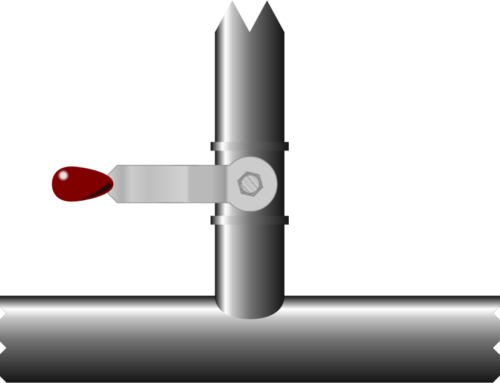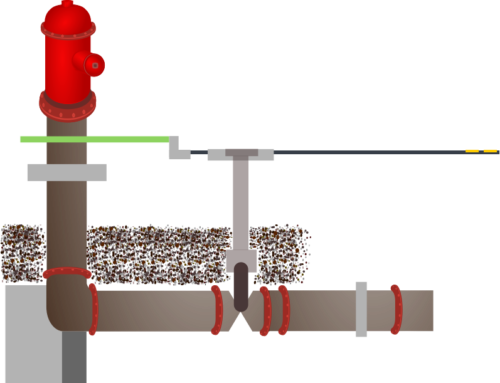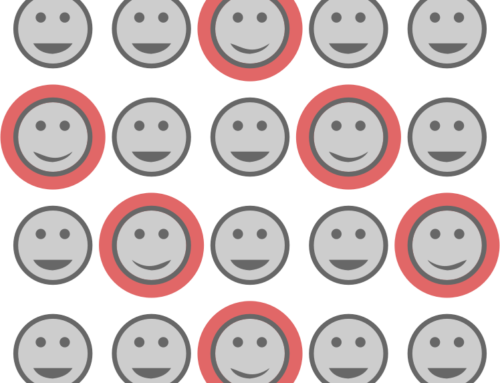Surrounded by things
 All around us are physical things: chairs, tables, computers, walls, doors, people, cars, houses, trees, roads and many other things. How we think about each depends on our point of view. Walls, floors, ceilings, doors and windows make rooms, and houses are made up of rooms. A builder needs to know all the components that are required to build a house, while a painter may have no interest in the floors or in brick walls which don’t need painting. When we live in a house, we are more interested in the contents and fittings of the house: furniture, heaters, switches and kitchen appliances – the construction materials will not be important. Our point of view defines our interests.
All around us are physical things: chairs, tables, computers, walls, doors, people, cars, houses, trees, roads and many other things. How we think about each depends on our point of view. Walls, floors, ceilings, doors and windows make rooms, and houses are made up of rooms. A builder needs to know all the components that are required to build a house, while a painter may have no interest in the floors or in brick walls which don’t need painting. When we live in a house, we are more interested in the contents and fittings of the house: furniture, heaters, switches and kitchen appliances – the construction materials will not be important. Our point of view defines our interests.
When we try to sell a house, the area of the land and the size of the dwelling are important. However, for an electrical supply company providing a new service connection, how far the house is from the front boundary will be more interesting than the area of the land itself. A water supply company wants to charge you for your water usage, so they need to know where to read your water meter. The meter reader may also want to know whether you have an exuberant dog or not – running shoes may be necessary!
What do we need?
The data we keep depends on our needs.
A municipality may need to arrange rubbish collection for residents, so for them the number of houses is fundamental to providing the service. Do they care how many chairs each house has? No, that information is not necessary. In fact, it is not even useful, and collecting the information would be an unnecessary expense. Collecting and storing unnecessary data is expensive.
The location of the door handles, chairs, light switches, walls and doors in your home is very important to you, but Google Maps make no attempt to show the location of your chairs or even the internal walls of your home.
Overloaded or out of focus
For street maps, the location of streets, roads and highways is vital. When you are visiting a street, you may want to know where bus stops are or where parking is allowed. But when you are driving from one end of your city or state to the other end, you want a higher level view; side streets are of no interest to you. If a map contains too much detail, the important detail is overwhelmed and lost in unimportant data. An example of getting this wrong is shown in a proverb spoken by Jesus of Nazareth. He warned against “straining out a gnat and swallowing a camel” (Matthew 23:24). We can spend so much time concentrating on completeness in the little things that we completely miss the big issues.
Scale and filtering are important.
Data must be useful
Data modelling is the art and science of translating physical information and connections into a form that can be easily, consistently and usefully stored – normally in a database.




Leave A Comment